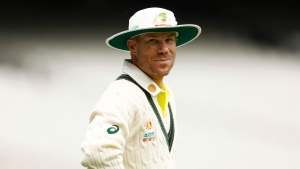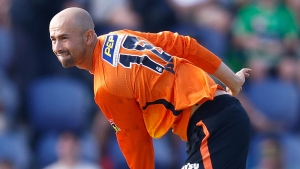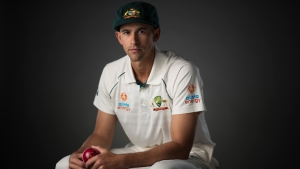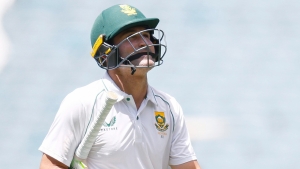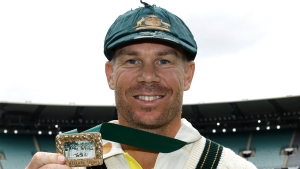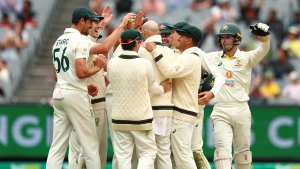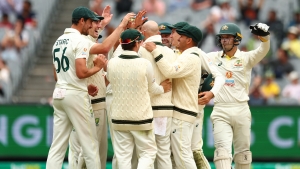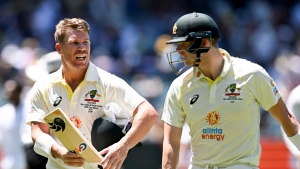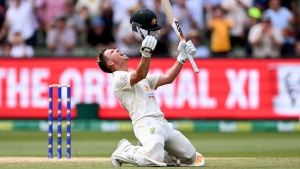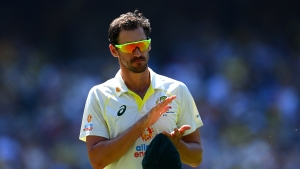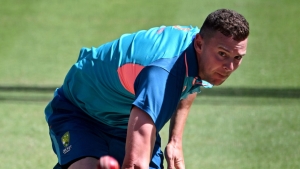Scott Boland has kept his place in Australia's team for the Boxing Day Test, with Josh Hazlewood withdrawing from contention.
Boland has been in fine form since coming into Australia's Test team, taking 25 wickets in five appearances in the format at an average of 10.36.
The 33-year-old fast-medium pacer took 4-42 in Australia's six-wicket defeat of South Africa in Brisbane in the opening match of the series, but might well have lost his place to Hazlewood in Melbourne.
But Hazlewood, who has been recovering from a side strain, elected to withdraw from contention as he felt "underdone", earning the praise of captain Pat Cummins.
"We gave Joshy every chance,, it just got to a stage where he more than anyone else felt like he was a little bit underdone," Cummins said.
"It's a mark of the man really, he himself said 'don't feel quite right' so he kind of pulled himself out of selection.
"We talk a lot about how as a team we need a squad mentality and I think it's another great example."
Hazlewood trained well before the match at the Melbourne Cricket Ground, but Cummins explained a decision between the veteran campaigner and Boland did not have to be made in the end.
"We didn't really get to the decision point, we gave it enough time and it played out," Cummins said.
"There would have been a part of everyone that would've felt a little bit aggrieved if Scott missed out."
Australia opener David Warner, meanwhile, is set to hit the landmark of 100 Tests after keeping his place at the top of the order.
South Africa captain Dean Elgar did not reveal his starting XI, as he urged his batters to step up as the Proteas aim to keep their chances in the series alive.
But he conceded their batters must improve with the series on the line.
"We've always been in a good space since we've been in Australia," Elgar told reporters.
"We've just been through a bit of a hurdle in the last week – but I think both batting units have been through that.
"We've started afresh and we know runs on the board is key.
"We've had a few good conversations but at the moment talk is cheap. Your best reference point is putting performances on the board."
Australia XI to face South Africa: David Warner, Usman Khawaja, Marnus Labuschagne, Steve Smith, Travis Head, Cameron Green, Alex Carey (wk), Pat Cummins (c), Mitchell Starc, Nathan Lyon, Scott Boland


























